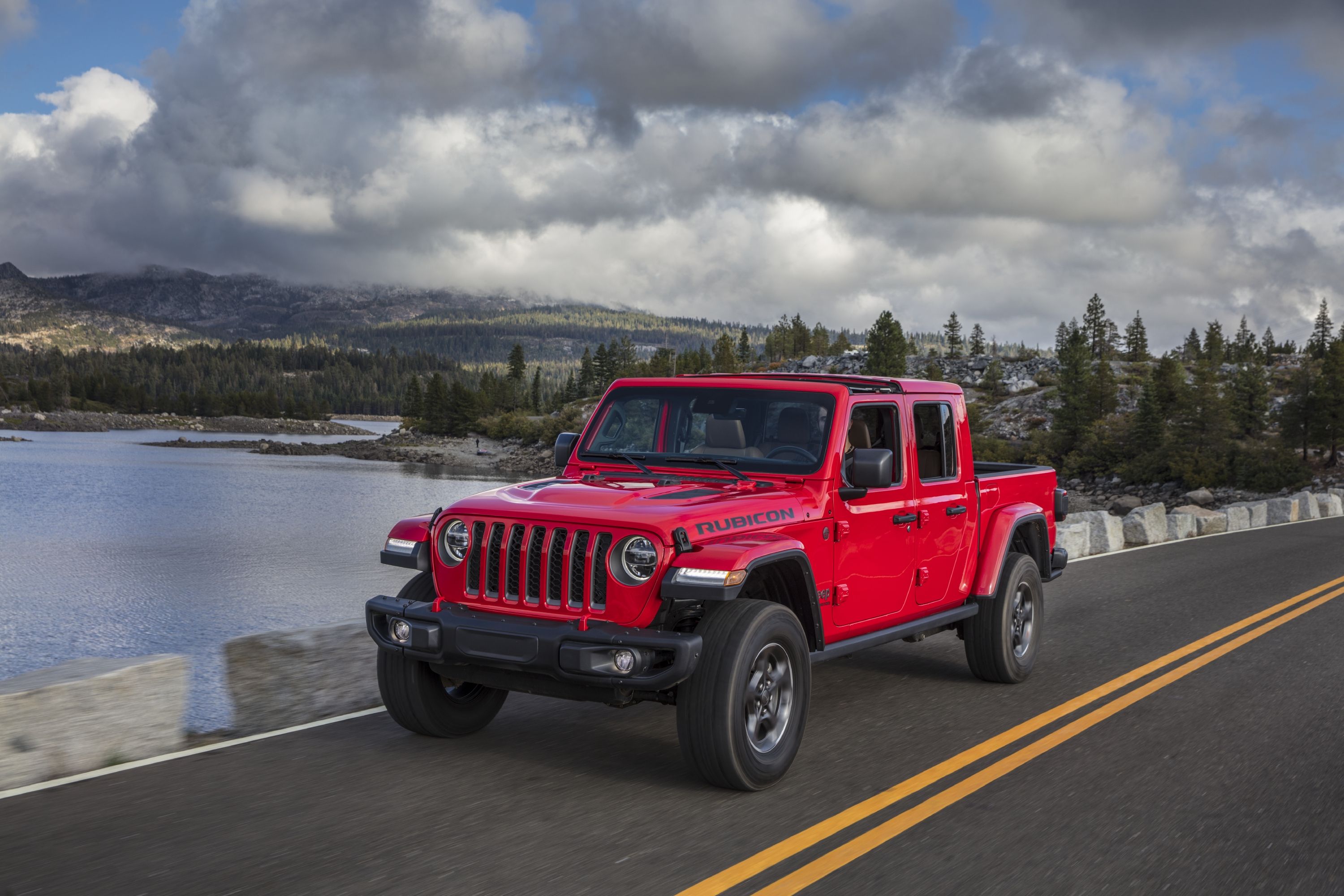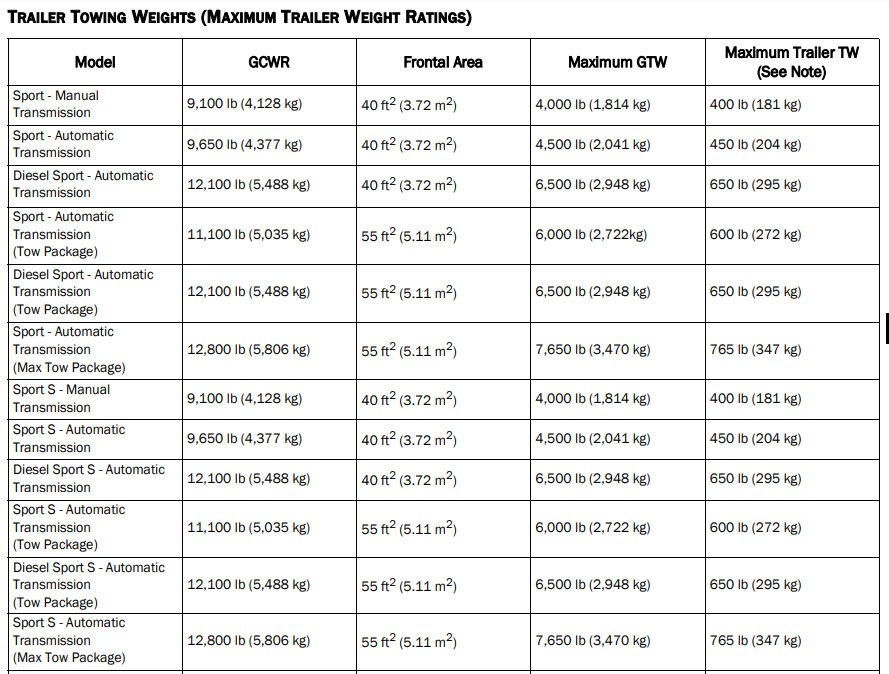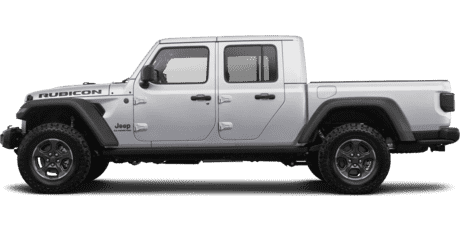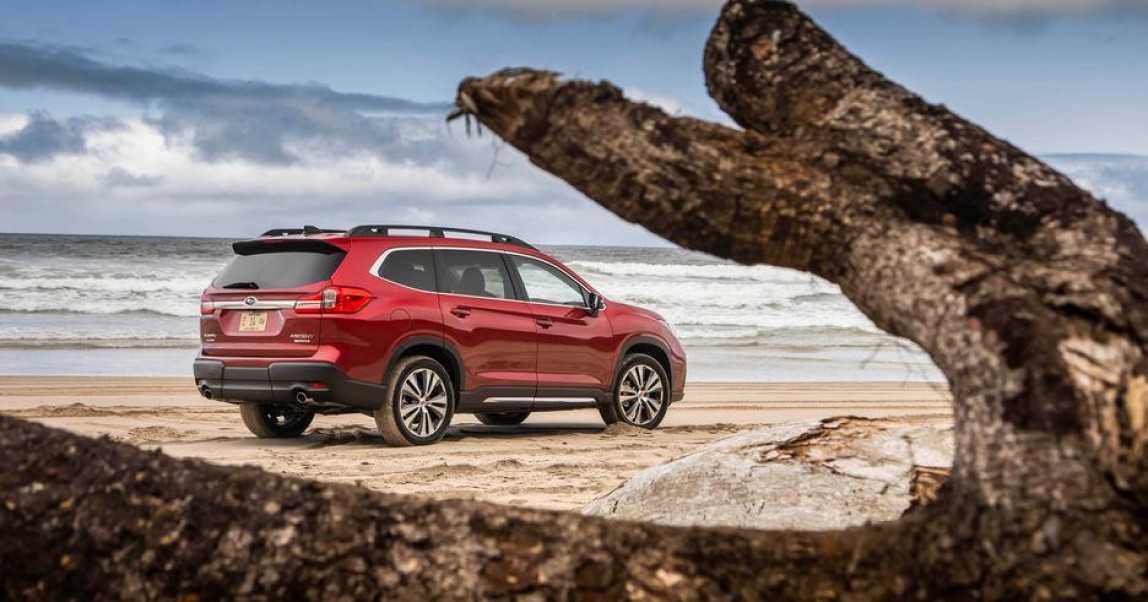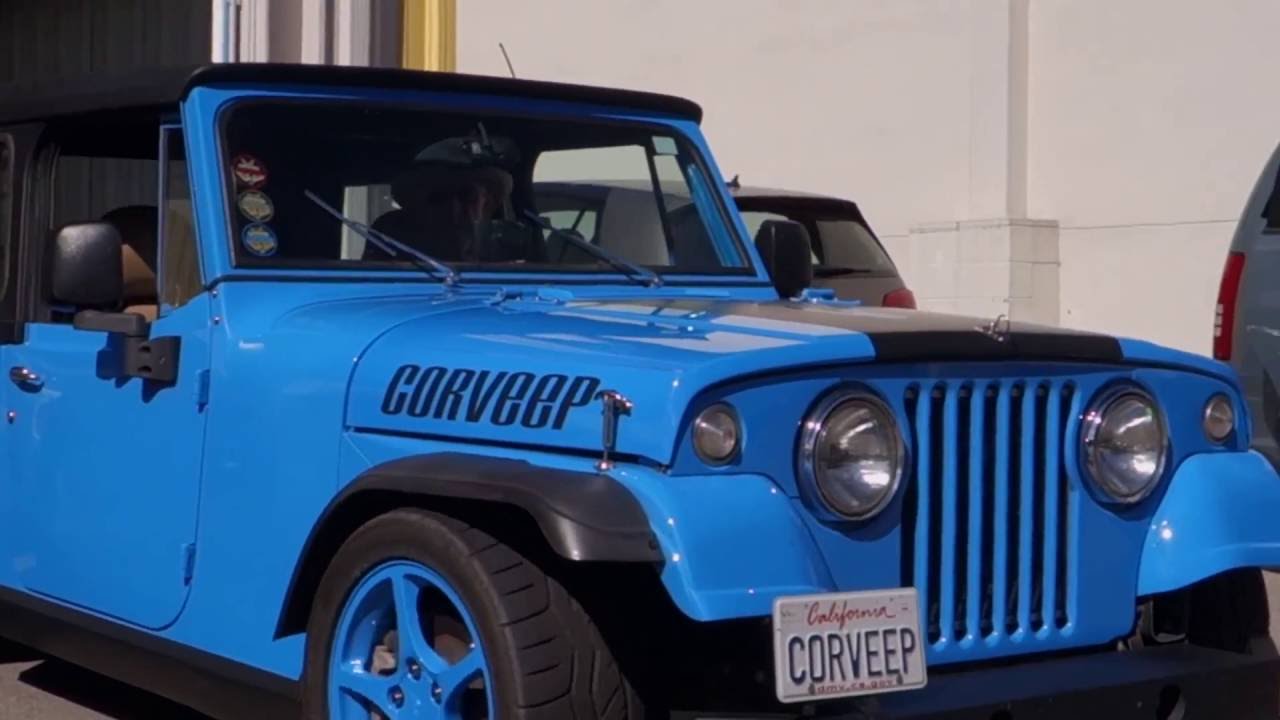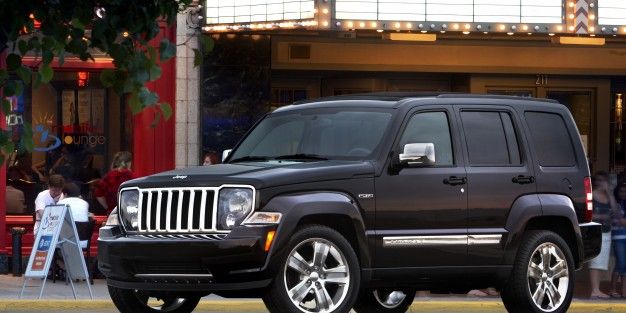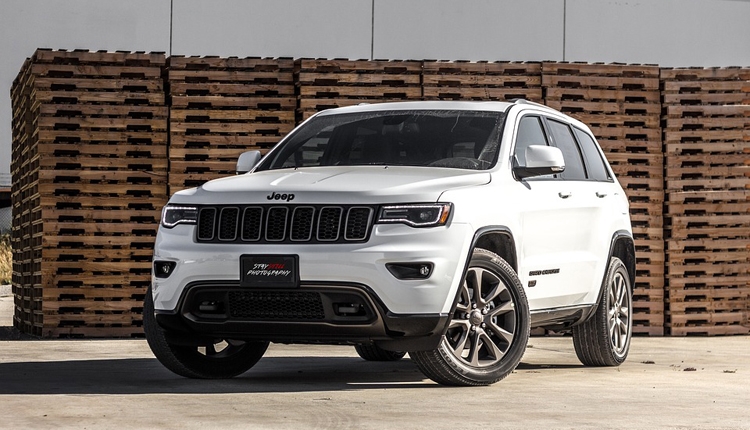- 2021 Jeep Gladiator
- Overview
- What’s New for 2021?
- Pricing and Which One to Buy
- Engine, Transmission, and Performance
- 2021 & 2020 Jeep Gladiator Towing Capacities Resource!
- 2021 Models:
- Sport and Sport S Models:
- Overland Models:
- Mojave Models:
- Rubicon Models:
- 2021 Jeep Gladiator Mojave Pros And Cons: The Different Jeep
- Focus on high-speed desert running sets this Jeep apart.
- Purposefully Built
- Still A Convertible
- Better Every Day Than A Rubicon
- Stuck With The Base V6
- Barely More Efficient Than A Raptor
- $65,000
2021 Jeep Gladiator
Review, Pricing, and Specs
Our car experts choose every product we feature. We may earn money from the links on this page.
- Highs Always off-road-ready, doorless and roofless configurability, can haul and tow more than a Wrangler.
- Lows Busy behavior on the highway, unimpressive fuel economy, not as nimble on the trails as a Wrangler.
- Verdict The Gladiator gives Jeep fans and off-roaders a more versatile tool that’s still really cool.
Overview
Jeep hasn’t offered a model with a cargo bed since the early ’90s, but the 2021 Gladiator finally gives the brand’s fans a cool and useful tool. The mid-size pickup truck is basically a more versatile version of the popular Jeep Wrangler, which earned it an Editors’ Choice award. It tows more (up to 7760 pounds versus 3500) than its SUV counterpart, and its longer wheelbase helps it ride better, too. Still, the truck requires regular steering inputs when cruising on the highway to keep it from straying, and it’s not as easy to maneuver on the trails as the smaller Wrangler. Along with a strong V-6 and a standard stick-shift transmission, the Gladiator offers a torquey diesel engine option with 442 lb-ft. While the 2021 Gladiator can get pricey in a hurry, its removable body panels and rugged persona make it one of the best pickups around.
What’s New for 2021?
Jeep hasn’t announced the full roster of changes to the 2021 Gladiator lineup, but it has confirmed what we’ve known for a while: the truck with a seven-slot grille will add a diesel engine option. The oil-burning 3.0-liter V-6 will develop 260 horsepower and a substantial 442 lb-ft of torque. Although we’re still waiting on pricing and EPA fuel-economy figures, we’re told the diesel will be offered on the Sport, Overland, and Rubicon models.
Pricing and Which One to Buy
We think the Sport S is the perfect canvas to create our ideal Gladiator. It comes standard with the 285-hp V-6 and a manual transmission. Ours would wear flashy Hydro Blue paint with the optional color-matched fenders. We’d also choose the all-terrain tires and anti-spin rear differential for improved traction when the blacktop ends, and we’d add the side steps to make getting in out and easier. We’d also select the three-piece hard top for its ability to quickly open up the roof. Inside, we’d add the headliner for better noise and temperature insulation and upgrade to the larger 8.4-inch touchscreen, because it adds navigation and is more sophisticated than the standard 5.0-inch unit. Our other preferred options include the Cargo Management pack (400-watt power inverter, an under-seat storage bin, and a bed-mounted 115-volt outlet) and the auxiliary switches and upgraded charging system for any lightbars or accessories that we’ll surely add for maximum Jeepness.
Engine, Transmission, and Performance
The Gladiator is powered by a 3.6-liter V-6 that produces 285 horsepower and 260 lb-ft of torque routed through a standard six-speed manual transmission or an optional eight-speed automatic. We tested an Overland model with the automatic, which needed 7.2 seconds to scoot to 60 mph. In other words, it’s slightly slower than most competitors. The Jeep adds a diesel 3.0-liter V-6, which develops 260 ponies and a mighty 442 lb-ft of twist. Compared with the regular Wrangler, the Gladiator has an extra 19.4 inches between the front and rear wheels. Jeep says this helps improve the pickup’s ride and handling. Now that we’ve driven several examples, we can confirm that it drives much like the Wrangler. The truck’s steering isn’t extremely precise and the ride can be busy on uneven surfaces. Still, these characteristics are part of the formula that make the Gladiator both a legitimate pickup truck and a trail-ready tool. Most enthusiasts care about the truck’s off-road equipment anyways, which includes everything from copious skid plates to rock-crawling axle ratios to the ability to ford up to 30 inches of water. Generous ground clearance and approach/departure angles further help the Gladiator conquer parts unknown.
Источник
2021 & 2020 Jeep Gladiator Towing Capacities Resource!
The Jeep Gladiator is a newer vehicle with a very unique design concept, combining the jeep body with the bed of a truck and has gained a lot of popularity, especially for a newer vehicle, but they’re also very capable when it comes to towing capacity too.
I wanted to dive a little bit deeper in this article to see how much these vehicles can actually pull and what equipment was required for them to pull at their maximum capacity, which I was quite pleasantly surprised with, considering the size of these things.
Overview of the Data For the Gladiator:
Engine Choices: The engine that you had equipped in your Jeep did not seem to affect the trailer weight rating numbers at all, in fact they did not mention engine configurations at all in any of the tow charts.
Configurations: There were many different sub models they had different specs from each other, but some of the main elements that contributed to differences in overall capacity weight ratings were things like the transmission-equipped and whether your vehicle had a tow package equipped.
Towing Capacity: The towing capacity for the Gladiator’s really stay the same for those two years and the range was exactly the same as we look at overall numbers, having between a 4,000 — 7,650 lbs capacity for all sub models.
Remember to always read your owner’s manual to get the most up-to-date and accurate information as possible and become more familiar with what Jeep recommends for their vehicles.
2021 Models:
The 2021 models had a towing capacity range of between 4,000 — 7,650 lbs. when we look at all four submodels combined.
The charts below contain most of the information you need when it comes to calculating your maximum load, including the gross combined weight rating, the maximum trailer weight rating and the tongue weight rating.
I did not see any specs for the High Sierra models in the manuals, but noticed that they do have the capacity to have a standard tow package available. When I get more information, I will update this page.
Lowest Capacity Ratings: The models that have the lower four thousand pound rating were models that did not have any type of tow package installed and had a manual transmission equipped instead of an automatic transmission.
If we compare similar models though that had an automatic transmission with no tow package, the maximum trailer weight was only increased by 500 lb so it didn’t make a huge difference as far as what type of transmission you had equipped.
Highest Capacity Ratings: The models that had the highest capacity numbers had the max tow package equipped, which were able to achieve that 7,650 lb rating and other models that had a standard to a package equipped we’re capable of between 6,000 — 6,500 lbs.
Sport and Sport S Models:
The Sport and Sport S models had a maximum trailer weight rating of between 4,000 — 7,650 lbs, in line with the overall capacity specs. There are 12 models listed below in the chart and the first six are the standard sport models and the six rows below that are for the sport s models.
When I look at the chart I noticed that there is no difference between the sport and Sport s capacity ratings in the chart oh, if you compare similar models with the same transmission and tow package.
Overland Models:
The Overland submodels only had five different specs in the chart, as you can see below, and the overall maximum trailer weight capacity range between 4,000 — 6,500 lbs. Again, the models that did not have a tow package equipped had the smaller ratings, while models that did have a package equipped had the higher ratings.
Mojave Models:
The Mojave models only had two trailer weight ratings specified, and this was depending on if you had a manual transmission or an automatic transmission equipped. The maximum trailer weight rating for a manual transmission model was set at 4,500 pounds, while the automatic transmission models had a 6,000 lb maximum capacity.
Rubicon Models:
The Rubicon models had a maximum trailer weight rating a between 4,500 — 7,000 lbs, and as you can see from the chart below there was only three different weight ratings, one for a manual transmission model, one for an automatic transmission model and then a diesel option that also had an automatic transmission equipped.
Источник
2021 Jeep Gladiator Mojave Pros And Cons: The Different Jeep
Focus on high-speed desert running sets this Jeep apart.
Jeep is not a brand that typically steps out of its very particular box. It’s an SUV manufacturer that builds vehicles for slowly lumbering along a trail or up a rocky path. And while there are exceptions to every rule (hello Grand Cherokee Trackhawk!), its vehicles take the Trail Rated badges seriously.
That’s why the Jeep Gladiator Mojave is such a breath of fresh air. Rather than a vehicle designed solely for crawling up rocky outcroppings, it takes a page out of the Ram TRX’s book. This is a desert runner, a thing designed for dust, dunes, and high speeds. Unfortunately, it only has the hardware for the first two items, not the third. At the same time, the Gladiator Mojave suffers from some of the same ills as the Gladiator Rubicon. We like it a whole lot, but between purpose and price, it’s a little hard to understand the Mojave’s role.
save over $ 3,400 on average off MSRP* on a new Jeep Gladiator
Purposefully Built
With respect to Jeep’s popular Rubicon and Trailhawk trims, we’re all-in on the Mojave-specific details. From the orange accents, to the meaty 2.5-inch Fox shocks, to specific drivetrain changes designed specifically for the Mojave’s desert-running mission, this Gladiator feels like a long-overdue complement to Jeep’s off-road enthusiast lineup.
There are practical benefits to these changes, too. The Mojave-specific shocks and the Gladiator’s longer wheelbase made this inarguably the most stable member of the broader Wrangler family – on paved roads, we experienced little of the solid-axle wobble we’ve come to associate with Jeep’s most traditional vehicles. And faced with washboard dirt trails, the Gladiator Mojave proved plenty happy to bound over them at speed, its uprated shocks and 33-inch tires absorbing the worst of the abuse.
Still A Convertible
We’ll never get tired of yanking the roof and doors off a Jeep. Okay, that’s a lie, because the doors are heavy as hell and you’ll need two people to wrangle (pun intended) the available hardtop. The entire process is exhausting. But after a bit of work, there are few vehicles that can match the elemental driving experience of a roofless, doorless Jeep. The Gladiator Mojave doesn’t really add much to this formula, but hey, occasionally we need to remind brands that things are cool and they should keep doing them. Carry on, Jeep.
Better Every Day Than A Rubicon
This might be controversial, but the Gladiator was already our favorite member of the extended Wrangler family because of the way the longer wheelbase makes everyday life more tolerable. The Gladiator Mojave extends that lead, giving Jeep’s pickup truck all the attitude and style of a Rubicon without sacrificing much in the way of on-road livability.
The ride is more composed, and while it’s fair to argue that you’re giving up breakover angle and enlarging the Wrangler’s tight turning circle by moving to the Gladiator, we find those minor sacrifices unless you’re off-roading on a literal daily basis. If that’s the case, carry on with your Wrangler. But for those who only spend a few days a month in the dirt, the Gladiator and specifically the Gladiator Mojave is better balanced and more livable.
Are You Not Entertained?
Stuck With The Base V6
It’s a real shame Jeep sticks Mojave owners with the default 3.6-liter V6. It’s not that the Pentastar is bad – okay, it is old – but that the 3.0-liter diesel engine or the Wrangler’s mild-hybrid four-cylinder offer improved performance with other tangible benefits. Specifically, both the turbocharged 2.0-liter and the oil burner provide far more low-end torque, which the V6 is desperately short on.
Sure, ordering either of these engines means giving up the option of a six-speed manual transmission, but the eight-speed ZF automatic is good enough to make that an easy trade. The diesel is also quite a bit quieter than the Pentastar, which grows wheezy and unpleasant as the engine speed climbs.
And if we’re making wishes, the Gladiator Mojave’s purpose makes it seem like an obvious choice for a 392 variant. So yeah, Jeep, if you’re reading, let’s get on that.
Barely More Efficient Than A Raptor
The other reason we’d opt for a different engine comes down to fuel economy. With just 285 horsepower, 260 pound-feet of torque, and an EPA-estimated fuel economy rating of 17 miles per gallon city, 22 highway, and 19 combined, the Gladiator Mojave is down 165 horsepower and 250 pound-feet of torque on a Ford Raptor. And yet, the twin-turbocharged Ford F-150 Raptor nets 15 mpg city, 18 highway, and 16 combined. According to the EPA’s website, you’ll save $500 per year on fuel costs with the Gladiator, but we’d happily hand over all that extra coin for the added power and torque.
$65,000
You might be wondering why we brought up the Raptor. It’s because our Gladiator Mojave’s as-tested price matches the hi-po F-150’s starting price. Sure, the Jeep is substantially cheaper in its base form – $43,875 – but you’ll have to give up a whole lot of gear to maintain that price. You won’t get a hardtop, or an 8.4-inch touchscreen, the eight-speed automatic transmission, LED headlights, leather upholstery, a forward-facing camera, or any of the active safety gear.
The good news is that a stripped-out Gladiator Mojave will be mechanically identical (gearbox aside) to our $65,000 test truck. While we’d miss some of that equipment, nothing about this truck felt like it was carrying $21,000 worth of options.
Источник
